Improving Healthcare Access: Indigenous Health and Well-being Factors
VerifiedAdded on 2023/03/23
|5
|1026
|65
Essay
AI Summary
This essay explores the critical need for healthcare providers to consider cultural factors when evaluating and caring for Indigenous patients, focusing on historical context, traditional healing practices, language barriers, and perceptions of racism. It highlights the importance of understanding the historical disadvantages faced by Aboriginal people and how these have been perpetuated by modern social determinants of health, contributing to existing health inequalities such as diabetes. The essay emphasizes creating a culturally safe hospital environment by appreciating Aboriginal values, culture, and identity, and by incorporating traditional healing practices where possible. Effective communication is addressed through the involvement of indigenous health professionals and the provision of culturally appropriate health resources. Furthermore, the essay acknowledges the impact of racism on trust in healthcare providers and suggests strategies for addressing this issue to ensure equitable treatment and improve health outcomes for Indigenous populations. Desklib offers a wealth of similar essays and study resources for students.
1 out of 5
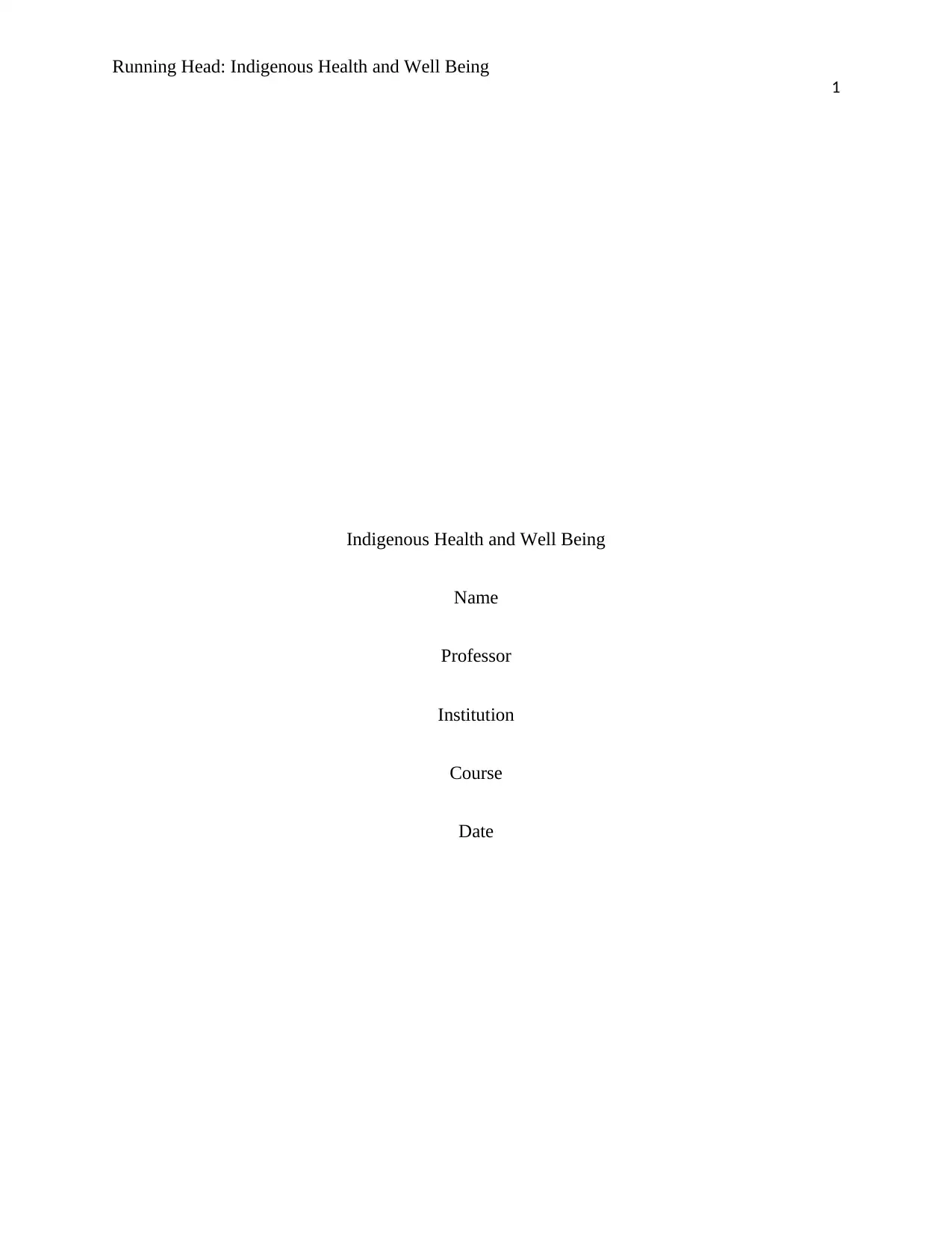
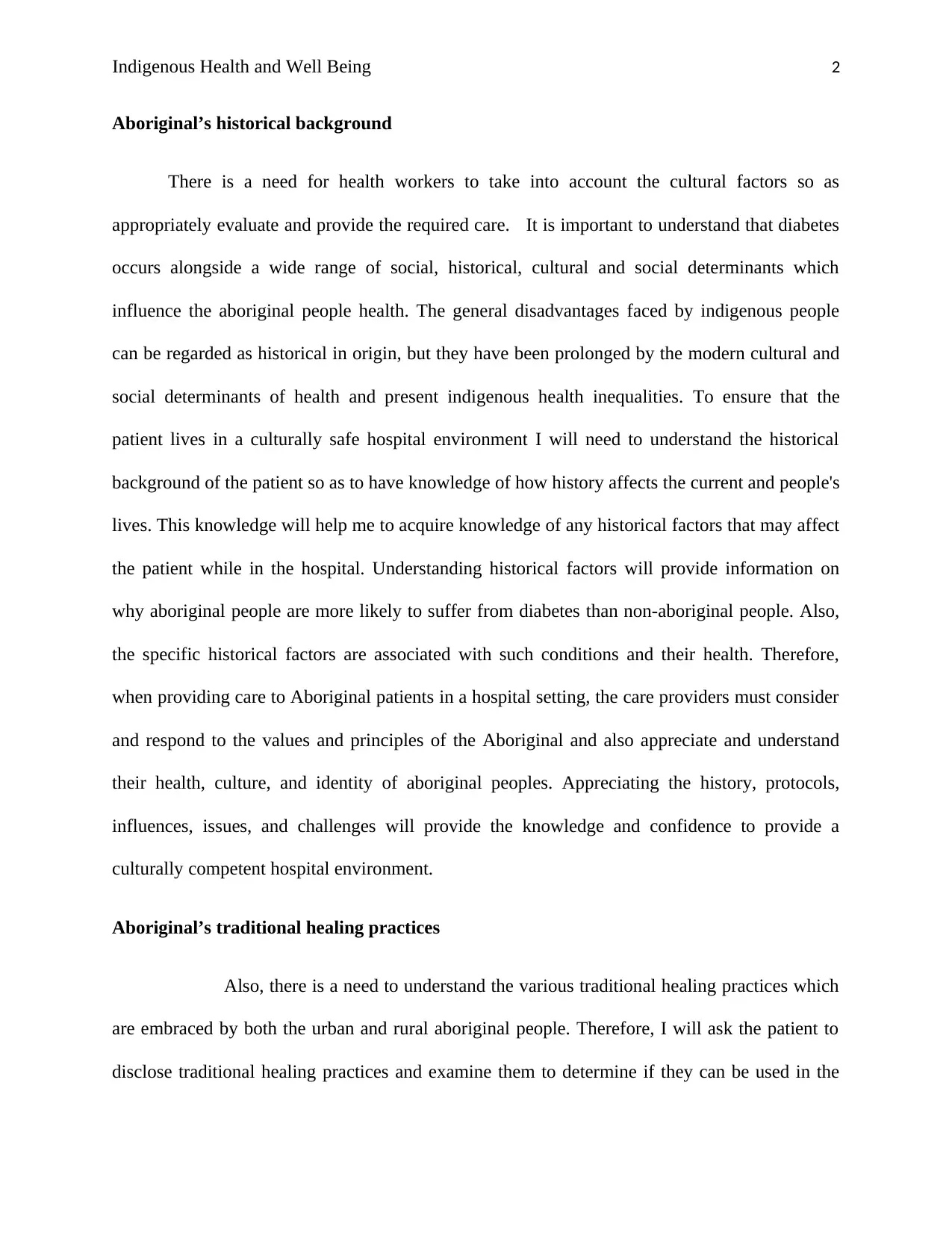
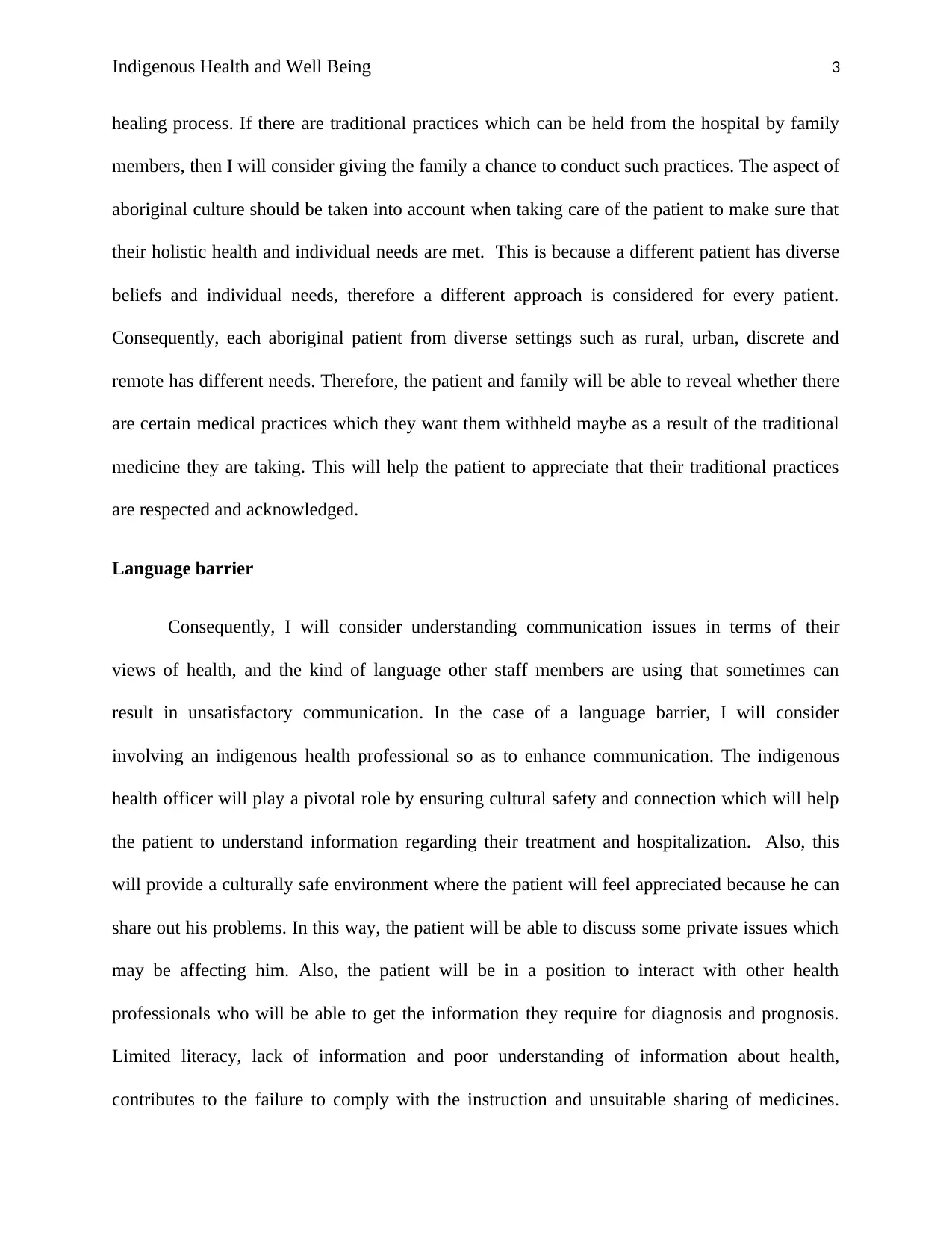

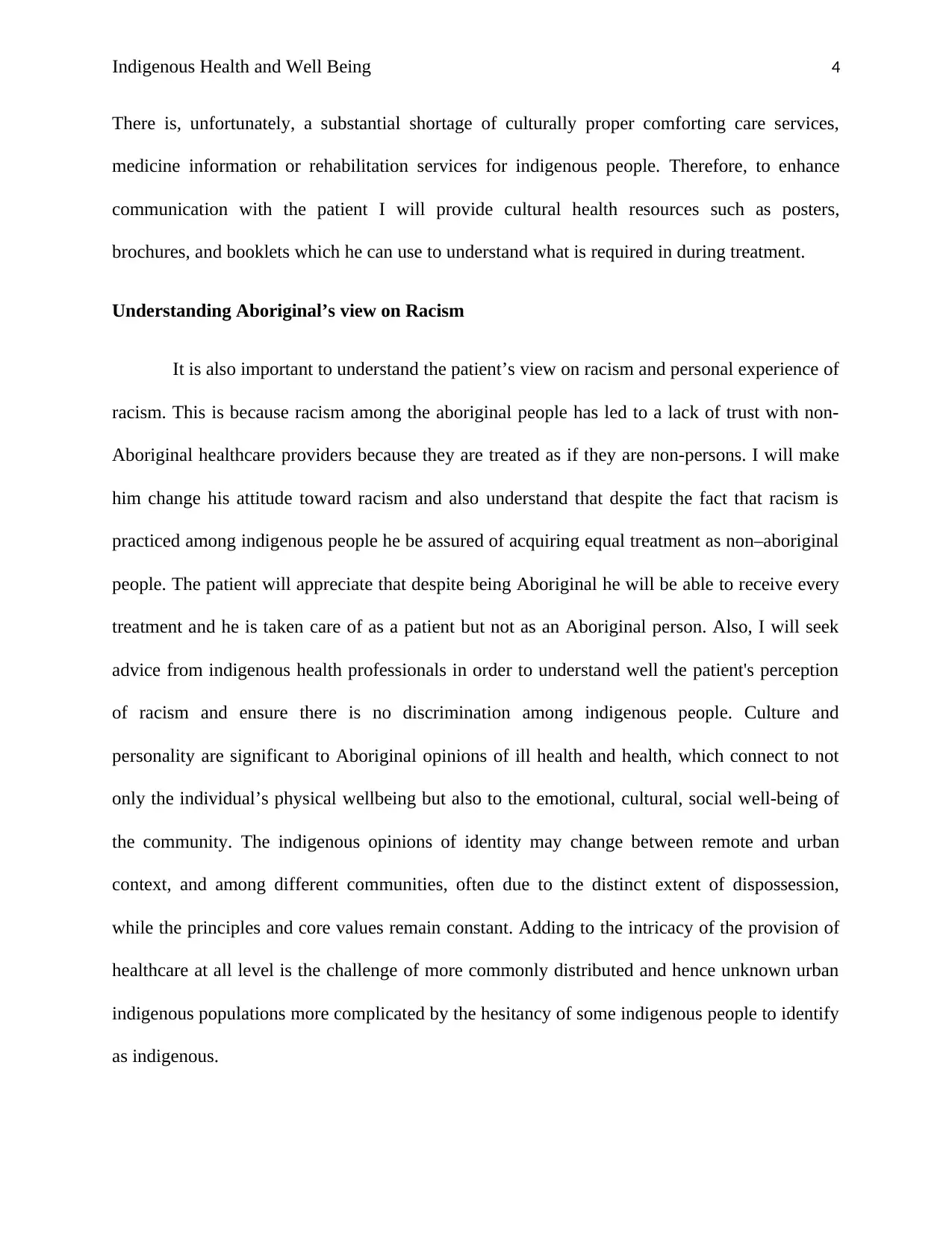
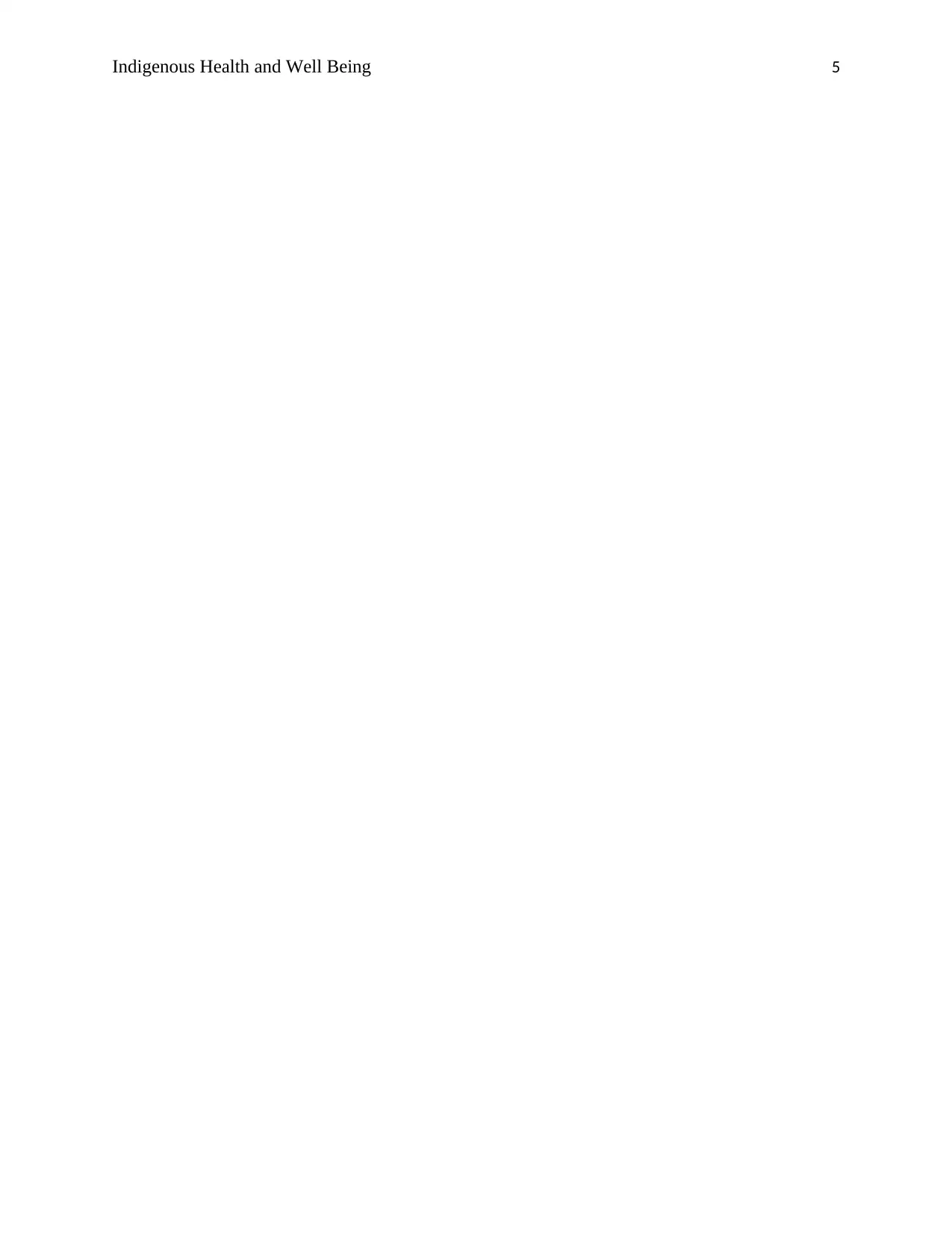






![[object Object]](/_next/static/media/star-bottom.7253800d.svg)